7+ SAMPLE Copyright Notice
-
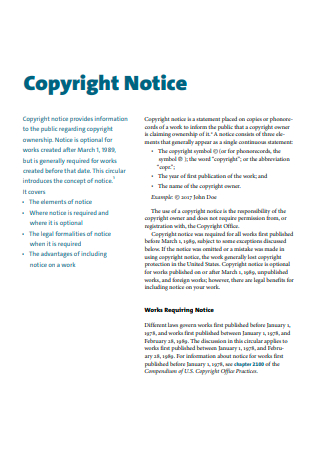
Copyright Notice Template
download now -
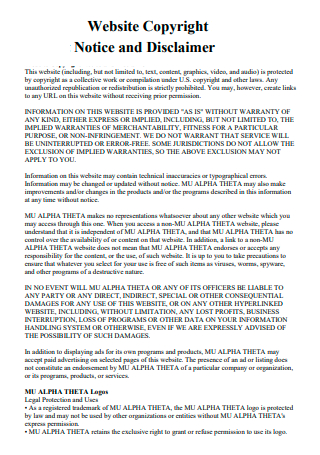
Website Copyright Notice and Disclaimer
download now -
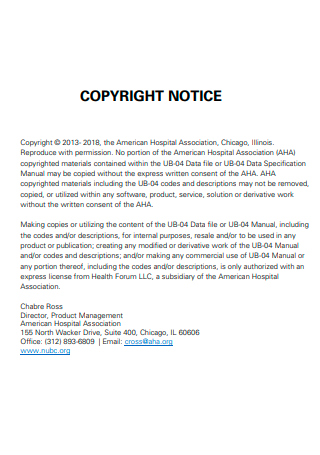
Basic Copyright Notice
download now -
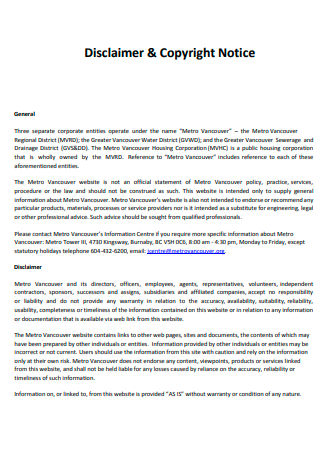
Disclaimer and Copyright Notice
download now -
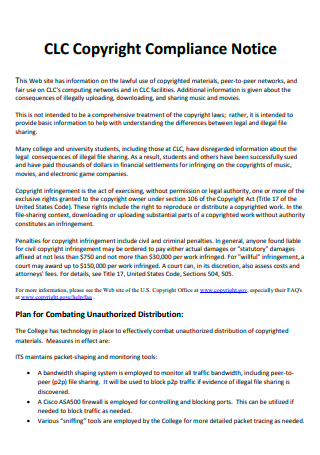
Copyright Compliance Notice
download now -
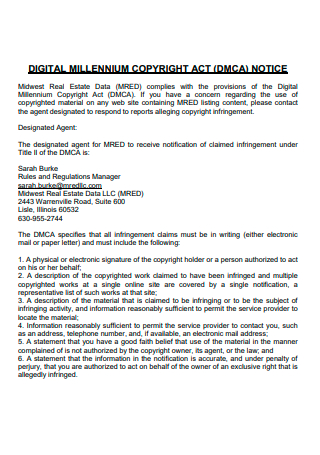
Copyright Act Notice
download now -
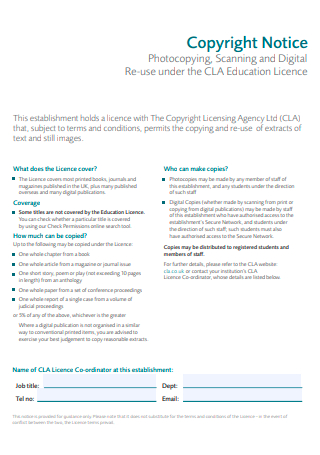
Formal Copyright Notice
download now -
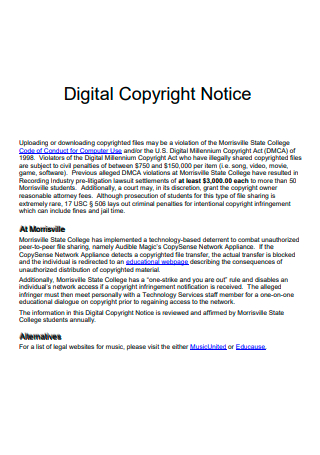
Digital Copyright Notice
download now -
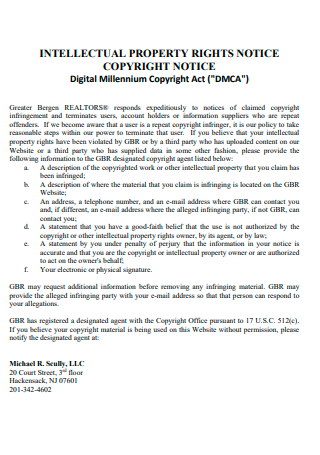
Intelluctual Property Copyright Notice
download now -
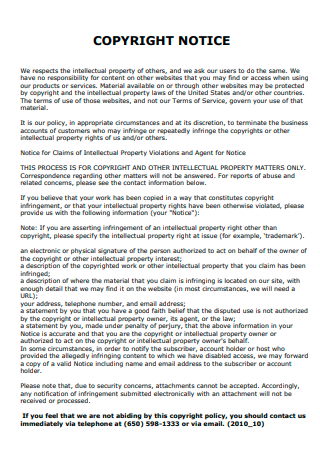
Copyright Notice in PDF
download now -
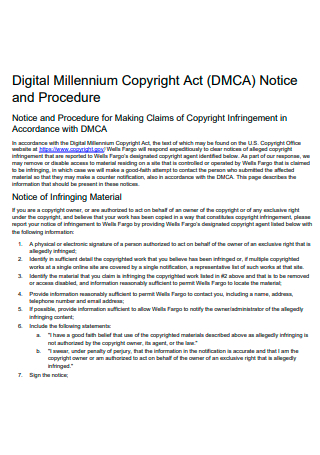
Digital Millennium Copyright Act Notice and Procedure
download now -
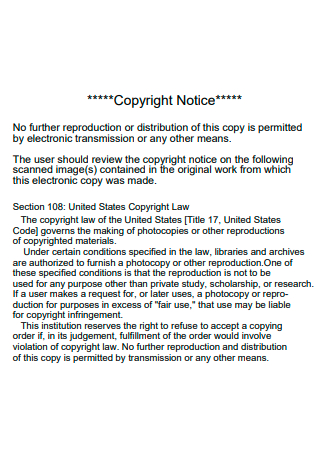
Copyright Notice Example
download now -
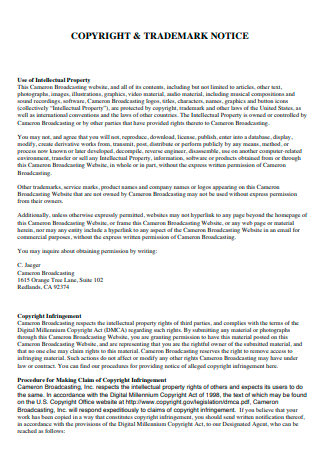
Copyright and Trademark Notice
download now -
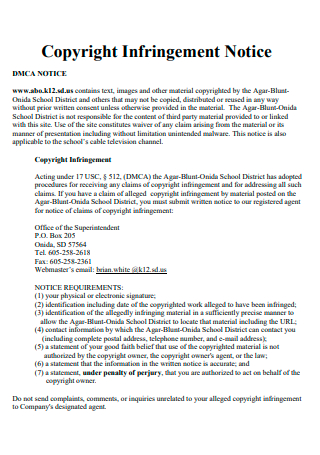
Copyright Infringement Notice
download now -
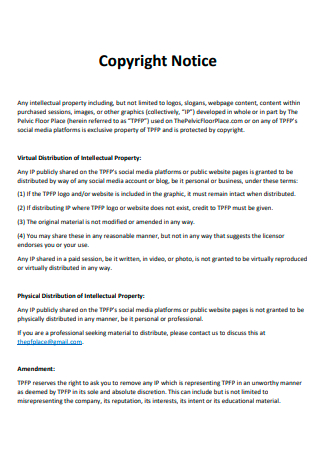
Printable Copyright Notice
download now -
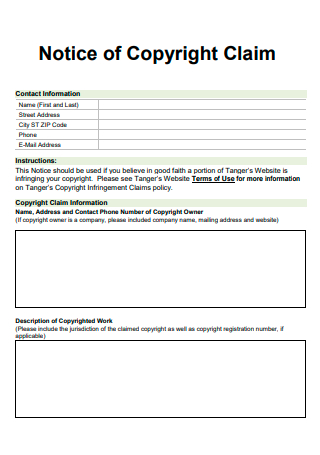
Copyright Claim Notice
download now -
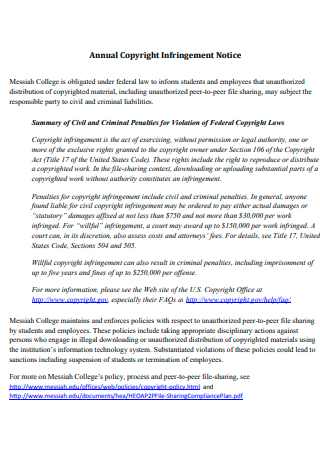
Annual Copyright Infringement Notice
download now -
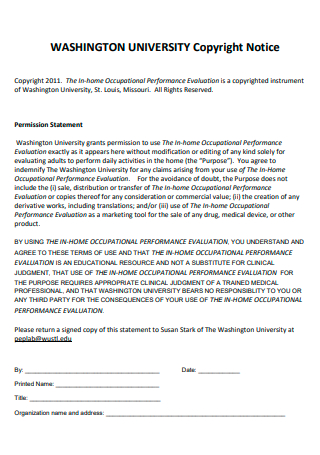
University Copyright Notice
download now -
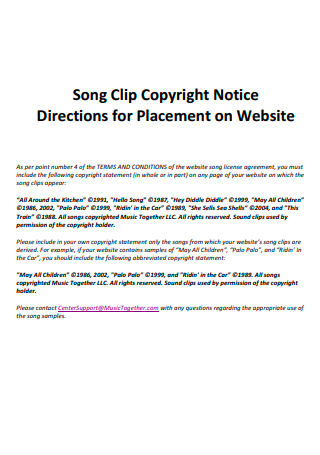
Song Clip Copyright Notice
download now -
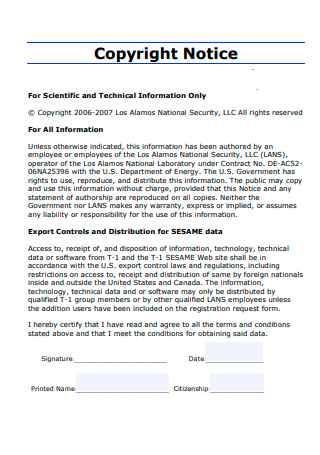
Sample Copyright Notice
download now -
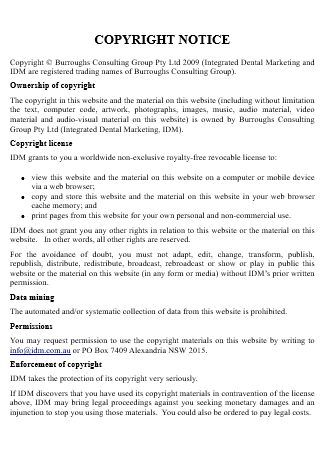
Copyright Notice in DOC
download now
FREE Copyright Notice s to Download
7+ SAMPLE Copyright Notice
What Is Copyright?
What Is a Copyright Notice?
Importance of Copyright Notice
Different Types of Copyright Licenses
Works Protected by Copyright
How to Write a Copyright Notice
FAQs
What role does a copyright notice play?
What happens if you get a copyright notice?
How long does a copyright last?
What Is Copyright?
Copyright is a legal safeguard that ensures you retain ownership of your original creations. When you produce a work of artistic expression that is protected by copyright laws in your respective state, city, or country, it is effectively protected by law. Copyright safeguards your original creations, whether published or unpublished, from being stolen or plagiarized. Copyright grants the creator exclusive rights to reproduce, distribute, and sell the work, as well as to publicly exhibit or perform it and to develop derivative works based on it.
What Is a Copyright Notice?
A copyright notice is a brief statement of text that informs the public that your work is copyright protected and should not be duplicated. These copyright notices are commonly used and can be found in a variety of places, including websites, blogs, movies, and music. A copyright notice informs the public that your content is copyrighted and protected. Most cases of infringement will be avoided as a result of this. If a lawsuit does arise, having a copyright notice will assist you in proving in court that the copyright offender was made aware that your work was protected. Check out the available copyright notice template provided in this article.
Importance of Copyright Notice
Even though a copyright notice is no longer needed, it should still be included in all published works. The notice is recommended because it informs the public that the work is protected by copyright and thus helps to scare away potential infringers. It also prevents a party from claiming the status of an innocent infringer, which may allow a party to avoid certain damages under the Copyright Act. It prevents a party from claiming the status of an innocent infringer. Before using the copyright notice, there is no need to register the work with the Copyright Office or obtain any other form of license.
Different Types of Copyright Licenses
Before you proceed to write out the copyright notice, you need to be aware of the different types of copyright licenses so you can be informed on what may work best for you in certain situations. Copyright licensing is a popular technique for acquiring and transferring copyright rights. If you want to use copyright content, you will almost always require permission from the owner of the rights. Unless one of the few copyright exceptions applies, this authorization is usually given in the form of a license. Copyright licenses come in a variety of shapes and sizes.
Works Protected by Copyright
Throughout the day, employees consume and share intellectual materials. Routine content exchanges, such as sharing published reports, articles, and other information accessible on the Internet, however, have copyright issues, putting businesses at increased risk of infringement. While you may be familiar with the fundamentals of copyright, your coworkers and employees may not. Understanding how copyright-protected items are used might help you reduce the risk of infringement by well-intentioned staff.
How to Write a Copyright Notice
Your copyright notice should be prominently displayed so that everyone seeing your work is aware that it is protected by copyright. The location of your copyright notice is determined by the type of material or content on which it is placed. Copyright notifications, for example, are frequently presented as copyright footers on Websites, although some websites also include a separate copyright notice section or page. You won’t have to worry about writing a copyright notice and disclaimer from scratch because this guide will smoothen the process of helping you out. Don’t forget to stop by and observe the copyright notice format.
-
1. Add a Copyright Notification
To notify the readers of your work that your material is copyrighted, you will need to outright state it. The copyright symbol is everywhere on the Internet and in books and magazines, so it is safe to say that everyone is more than familiar with it. You can also utilize the word copyright, as other people do in their works, websites, and other creative materials produced.
-
2. Indicate the Year of Publication
The next step you will be doing is to include the year of publication in which the work has been made. If the work is a derivation work or a compilation that includes previously published material, the year of the derivative work’s or compilation’s first publication is sufficient. Translations and dramatizations are examples of derivative works, while an anthology is an example of a compilation. When a visual, graphic, or sculptural work, along with any associated textual materials, is reproduced in or on greeting cards, postcards, stationery, jewelry, toys, or practical objects, the year may be omitted.
-
3. State the Name of the Copyright Owner
You can’t expect to claim the protection of copyright if you don’t state your identity. The copyright owner’s name, an abbreviation that can be recognized, or a widely recognized alternate indication of the owner are all permitted. Many people question if authors who write under pen names or pseudonyms can still have their work copyrighted. The short answer is that copyright rules can be applied to it and it can be protected.
-
4. Statement of Rights
As the copyright owner, this is where you indicate the rights you want to keep over your work. The owner of the copyright makes it abundantly clear that they want to keep all rights granted to them by law by utilizing the phrase “all rights reserved.” They inform users that they desire to share limited and designated usage rights with the public by utilizing the phrase “some rights reserved.” It’s also a good idea to define or limit the situations under which the work can be used. No copyright note would end up causing you trouble so be sure to state how you intend your work to end up as.
FAQs
What role does a copyright notice play?
Although a copyright notice isn’t needed, it’s still a good idea to include one. An infringement cannot claim in court that they were unaware that work was copyrighted if it has a Legal notice. This makes it easier to win a copyright infringement action and possibly recover enough compensation to make the case profitable. In addition, the mere presence of a copyright notice may deter infringement. How a copyright notice works are that it makes it easier to locate a copyright owner and secure authorized permission to use the work. View the copyright notice sample to get a better picture of it.
What happens if you get a copyright notice?
Failure to respond or react to a copyright notice will end up getting infringers sued. This is why it is advisable to act instantly when receiving notice of copyright. Civil and criminal consequences for copyright infringement include statutory damages ranging from $750 to $30,000 for each piece of work infringed upon. If a willful violation is discovered, civil penalties of up to $150,000 per piece may be imposed.
How long does a copyright last?
The duration of a work’s copyright is determined by several factors, including whether it’s been produced and, if so, when. For works written after January 1, 1978, copyright law lasts for the writer’s lifetime plus an additional 70 years. From the year of first publication, the copyright for an anonymous work, a pseudonymous work, or a work written for hire lasts 95 to 120 years. You can consider that when drafting the copyright notice date range.
A copyright notice on your site or published works is a simple and efficient approach to remind and emphasize to your users that you own the rights to your work. Especially since in the digital age, we live in, it is now easier than ever for people to make reproductions and repurpose anything obtained on the Internet. Hence why, don’t dally around and make sure to include a statement or a copyright notice on your works.
